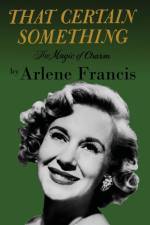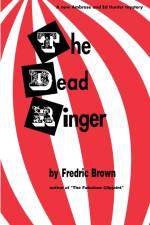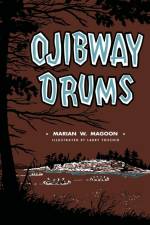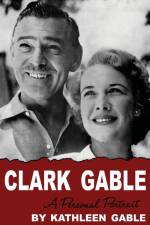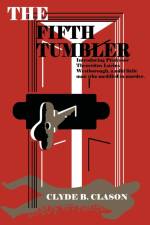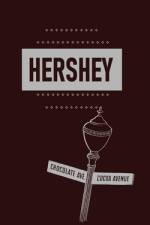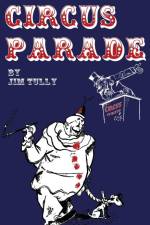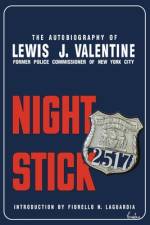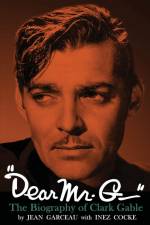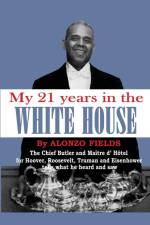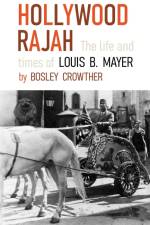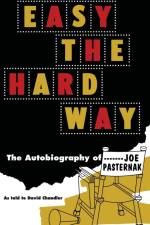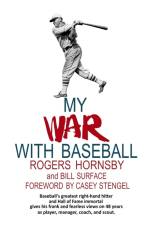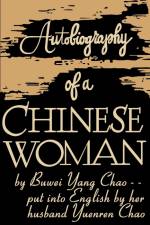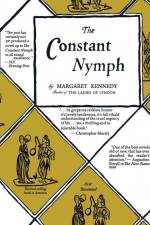av Bosley Crowther
327
This is the story of the most powerful of Hollywood's famed tycoons-the stalwart, rambunctious, dynamic Louis B. Mayer who became the highest-salaried man in the United States only to see his self-made monument tumbled and crumbled to dust around his feet. It is a glamorous story studded with big names from the Golden Age of motion pictures: Thalberg and Schenck, Selznick and Goldwyn, and the great films from Ben-Hur and The Big Parade to The Good Earth and Battleground.It is also the revealing story of an immensely complex personality-the emotional upheavals, incessant feuds, and tapeworm ego that had to be fed by driving activity, ruthless use of power, and adventures with beautiful women.Starting out as a nickelodeon operator in Haverhill, Massachusetts, Louis B. Mayer rose to become the lordly head of the biggest, most glittering film factory of them all-Metro-Goldwyn-Mayer. At the peak of his power he commanded armies of producers, directors, and stars-many of the screen's most famous and idolized personalities.He was the shrewd perpetrator of a fabulous star system, molding and manipulating the careers of such people as Greta Garbo, Clark Gable, Greer Garson, and Judy Garland-making each of their films an event and each of their names a household word. His interests and influences extended beyond the realm of the cinema to the world of politicians, horse breeders, bankers, and newspaper magnates such as William Randolph Hearst.The last chapters of this fantastic success story tell of Mayer's ultimate fall from power as head of the studio and of his final battle to seize control of Loew's, Inc., through a corporate finagle that "just missed." Two months after his coup failed, Mayer died.Laced with colossal ironies, carrying its driving hero to a tragic end, this is the first objective full-scale biography of a Hollywood producer. Appropriately, it is the biography of the most significant and commanding of them all; it is the first candid illumination of this American phenomenon.


